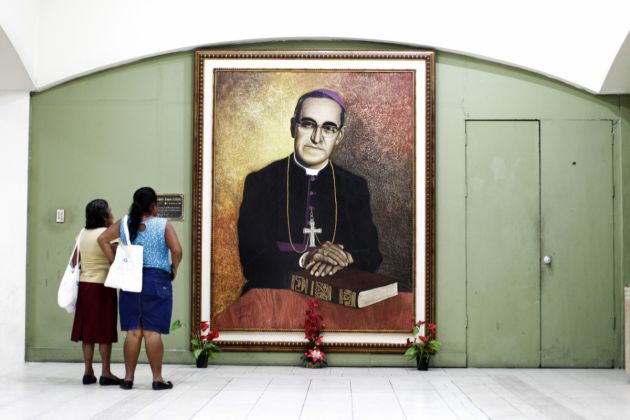Ortega's new 'terrible enemy' is Nicaragua clergy, siding with protesters

The Catholic Church is on the front lines of an escalating conflict between the Nicaraguan President Daniel Ortega's increasingly authoritarian government and the broad-based opposition that wants him gone.
In the Central American country the church has often been immersed in politics, and priests are currently both witnesses and players in the crisis that has racked the nation for the past three months and claimed almost 300 lives, The New York Times reported on July 22.
Recent developments Nicaragua and the South American State of Venezuela both offer both a sobering indication about the direction of those societies and also a thorough debunking of one of the most persistent myths about anti-Christian persecution in the early 21st century.
Since the subject first arose as a matter of political and media chatter in the 1990s, conversation about anti-Christian persecution has gone through several phases of denial, John L. Allen Jr. wrote in the July 20 edition of Crux News.
'ANTI-CHRISTIAN PERSECUTION'
The first was that there was such a thing at all, fueled by suspicion in some cultural and media circles that "anti-Christian persecution" had been stirred up by conservative Western Christians looking to win sympathy for socially unpopular positions on matters such as homosexuality and women.
After the rise of ISIS in Iraq and Syria that position became unsustainable, and most people were willing to recognize that Christians are being persecuted today at the hands of Islamic radicalism in various parts of the Middle East.
More recently, news of a possible breakthrough in Vatican-China relations has refocused attention on the fact that there is a persecuted, underground church in China, and that it's not just radical Muslims who sometimes see Christianity as a threat.
"The remaining type of denial, and one that's proven surprisingly enduring, is that Christians are at risk of persecution only where they're a minority.
"In largely Christian societies, or so the myth goes, individual Christians ought to be safe - and if they're not, whatever they're suffering isn't really 'religious' persecution," wrote Allen.
He notes that reflection can show that it's not just places where Christians are a minority that form the front lines of this war, and it never has been.
The Center for the Study of Global Christianity estimates that of the seventy million Christians who have been martyred since the time of Christ, forty-five million died in the 20th century alone.
By far the largest concentration was in the Soviet Union, with as many as twenty-five million killed inside Russia and an additional eight million in Ukraine. Both Russia and Ukraine are profoundly Christian societies and have been for centuries, even during the period in which they were governed by officially atheistic regimes.
CELEBRATED MARTYRS
And many of the most celebrated martyrs of the late 20th century came in Latin America, among Christians who resisted the police States of the region.
When Pope Francis officially canonizes Archbishop Oscar Romero of El Salvador, who was shot to death while saying Mass in 1980 for his advocacy of the poor and victims of human rights abuses, there will be a new reminder.
Allen cites other examples of these "majority martyrs" including American Sister Dorothy Stang, the great "martyr of the Amazon" in overwhelmingly Catholic Brazil, and Maria Elizabeth Macías Castro, a leader in the Scalabrinian lay movement and a popular blogger, beheaded in Mexico in 2011 for exposing the activities of a drug cartel.
"Today, Latin America is once more in the forefront of exposing the 'only a minority' myth, due to literal violence in Nicaragua and mounting political and legal harassment in Venezuela," noted Allen.
Only the day before Crux's Inés San Martín offered a chilling tick-tock of recent attacks on church personnel or sites in Nicaragua, where forces loyal to Sandinista President Daniel Ortega and his wife, Vice President Rosario Murillo, are increasingly inclined to see Catholic clergy and activists as the enemy.
In the early days of the upheaval, Ortega appealed to the bishops to mediate in talks with the opposition, an alliance of disparate groups including students, business associations and farmers' organizations, the NYT reported.
But as the government intensified its opposition crackdown, Ortega no longer treats the bishops as neutral arbiters, unleashing attacks by his followers on priests and on churches.
Ortega was president of Nicaragua between 1979 and 1990 and returned to power in 2007, has also denied the government had ordered hospitals not to treat the wounds of anti-government protestors, the BBC reported.
He also rejected reports of attacks on Roman Catholic priests, who he said should continue to mediate in stalled peace talks between the protesters and the government.
